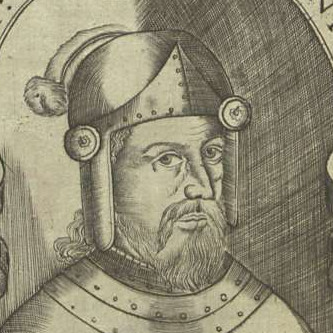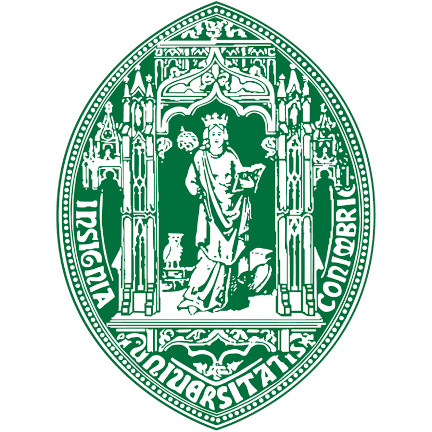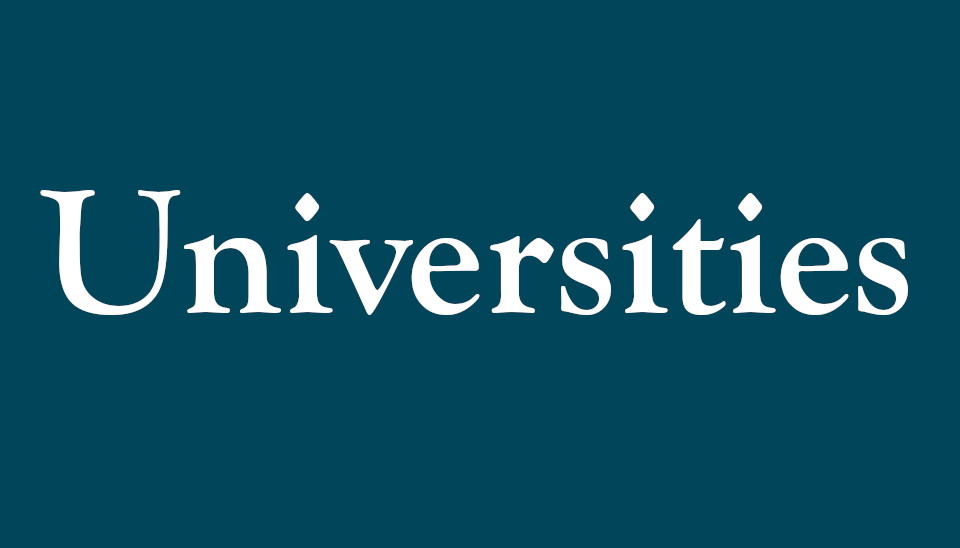03/01/1290 AD founded
The university was founded, or ratified by King Dinis, having begun its existence in Lisbon with the name Studium Generale (Estudo Geral). Scientiae thesaurus mirabilis, the royal charter announcing the institution of the University was dated 1 March of that year, although efforts had been made at least since 1288 to create this first University in Portugal; it is thus the second oldest of such establishments in the Iberian Peninsula.
The Papal confirmation was also given in 1290 (on 9 August of that year), during the Papacy of the Pope Nicholas IV. In accordance with the Papal Bull, all the "licit" Faculties, with the exception of that of Theology, could be established. Thus the Faculties of Arts, Law, Canon Law and Medicine were the first to be created.
It was, however, not to remain in Lisbon for long. In 1308, likely due to problems of emancipation from the Church (relations between the latter and the political power being somewhat strained at the time) and conflicts between the inhabitants of the city and the students, the University moved to Coimbra. This town already had old traditions in education, being home to the highly successful school of the Monastery of Santa Cruz. The university was then established on the site known as "Estudos Velhos", which corresponds roughly to the area where the Main Library now stands.
In 1338, during the reign of Afonso IV, it was once again transferred to Lisbon, from whence it returned in 1354, this time to the centre of the town which was then in full expansion. In 1377, during the reign of King Fernando, it was transferred yet again to Lisbon, where it would remain for over a century and a half. The authorization for a Faculty of Theology probably dates from this period – around 1380. In 1537, during the reign of João III, the university moved definitively to Coimbra, where it was installed in the Alcaçova Palace which was subsequently purchased from the Royal Family in 1597.
The university institution, including all the books from its library, were moved from Lisbon to Coimbra. Teachers were not guaranteed a position at the new location and many did not move; in fact, most of the new faculty were previously with the University of Salamanca. For the most part, the curriculum was retained.[7]
At the same time, university colleges were created (abolished in the 19th century), a restructuring of the curricula was undertaken and new teachers, both Portuguese and foreign, were admitted. King John III of Portugal made Coimbra the definite home of the university.
In the 18th century, the Marquis of Pombal, Minister of the kingdom, made radical reforms in the University, especially regarding the teaching of sciences, in accordance to his Enlightenment and anticlerical creed. During many decades it was the only university in Portugal, since its foundation in 1290 until 1559 (a university in Évora operated between 1559 and 1759), and again between 1759 and 1911 (University of Lisbon and University of Porto were created in 1911). The long history and past predominance of the University of Coimbra made it an important focus of influence in Portugal, not only educational, but also political and social.
Subjects Who or What founded?
-
Pope Nicholas IV (Girolamo Masci) Pope of the Roman Cathol...
-
Denis of Portugal (Rei Lavrador,, the Farmer King, the Poet King) King of Portugal 1279 �...
Objects To Whom or What was founded?
-
University of Coimbra A public university in C...
Timelines (that include this event)
Attachments
University of Coimbra Courtyard of the old Royal Palace turned University
Events in 1290 MORE















